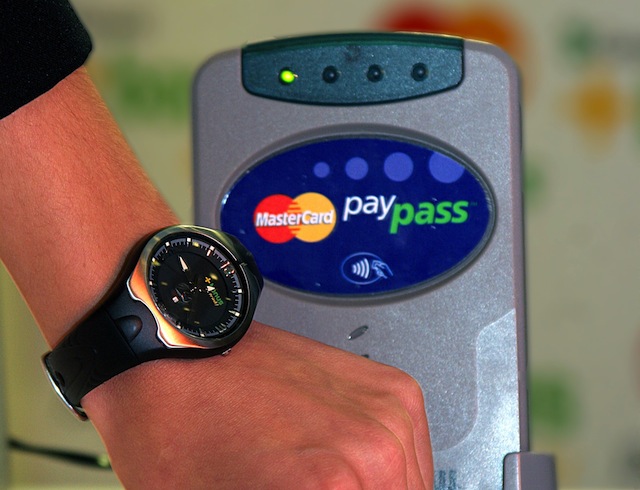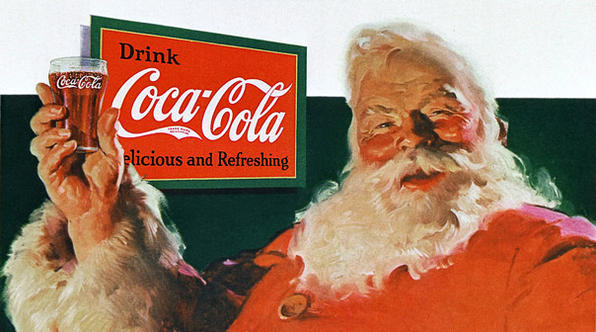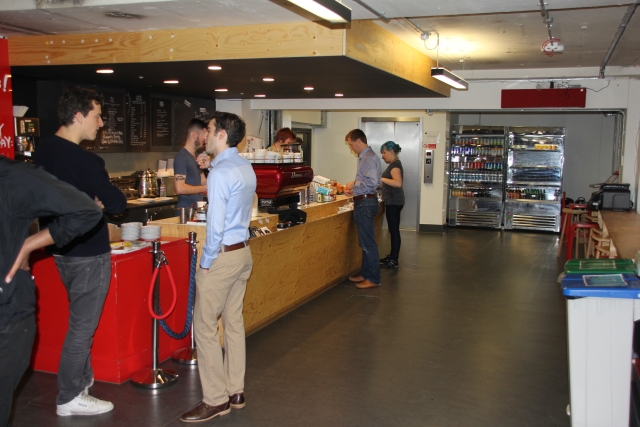Today’s interesting links revolve around economics – those of shopping malls, the future and how politics might react to a world where the majority’s incomes are lower and far more precarious than we’re used to.
The economics of dead malls
Shopping malls were the town square of the late Twentieth Century consumerist society. Now in many parts of the US the shopping mall is dying as economics and culture turns against them.
The New York Times looks at the economics of shopping malls and how they are affected by changes to society, particularly the decline of working class incomes and the middle class squeeze. In the meantime high end malls seem to be doing extremely well.
Having opened in 1986 with a renovation in 1998, Owings Mills is young for a dying mall. And while its locale may have contributed to its demise, other forces played a crucial role, too, like changing shopping habits and demographics, experts say.
A number of factors are working against old fashioned shopping malls including growing wealth disparity, falling middle and working class incomes along with fundamental changes to the economy which mean retail businesses, along with other industries, are going to have to adapt to a very different future.
Journey through the landscape of the future
Some of those changes to the global economy are described in Deloitte’s Centre For The Edge’s The hero’s journey through the landscape of the future, first published in July last year.
The Deloitte think tank describes a world where the workforce is more casualised – dare one say more precarious – and the barriers to business far lower than today.
Democracy in the 21st Century
Changes like those described by Deloitte don’t happen without consequences and economist Joseph Stiglitz suggests this will change our democratic institutions.
Sadly Stiglitz doesn’t suggest the changes that might happen apart from observing the current system that seems to be baking in inequality probably isn’t sustainable.
In a world where incomes are less stable and economic standards of livings are falling for the majority of people, the current beliefs that underpin the philosophies of political parties and government agencies become redundant. How today’s governments react to these changes will be an important question for how our societies look in the 21st Century.




